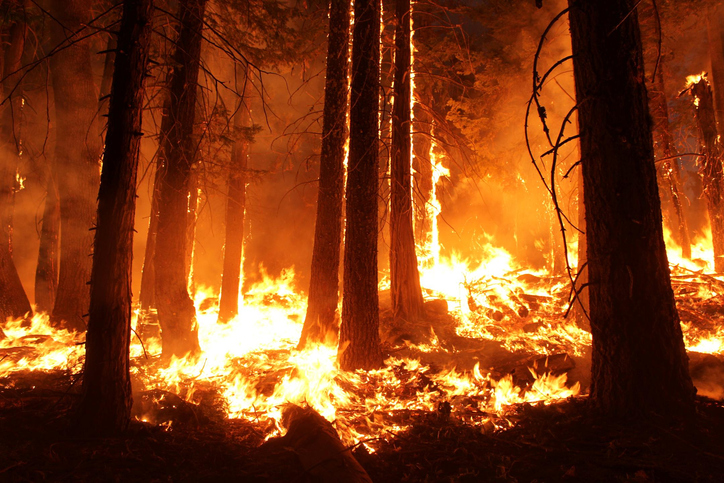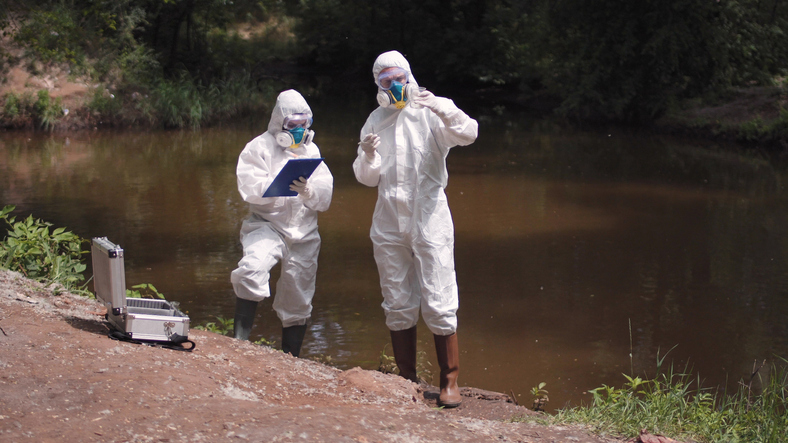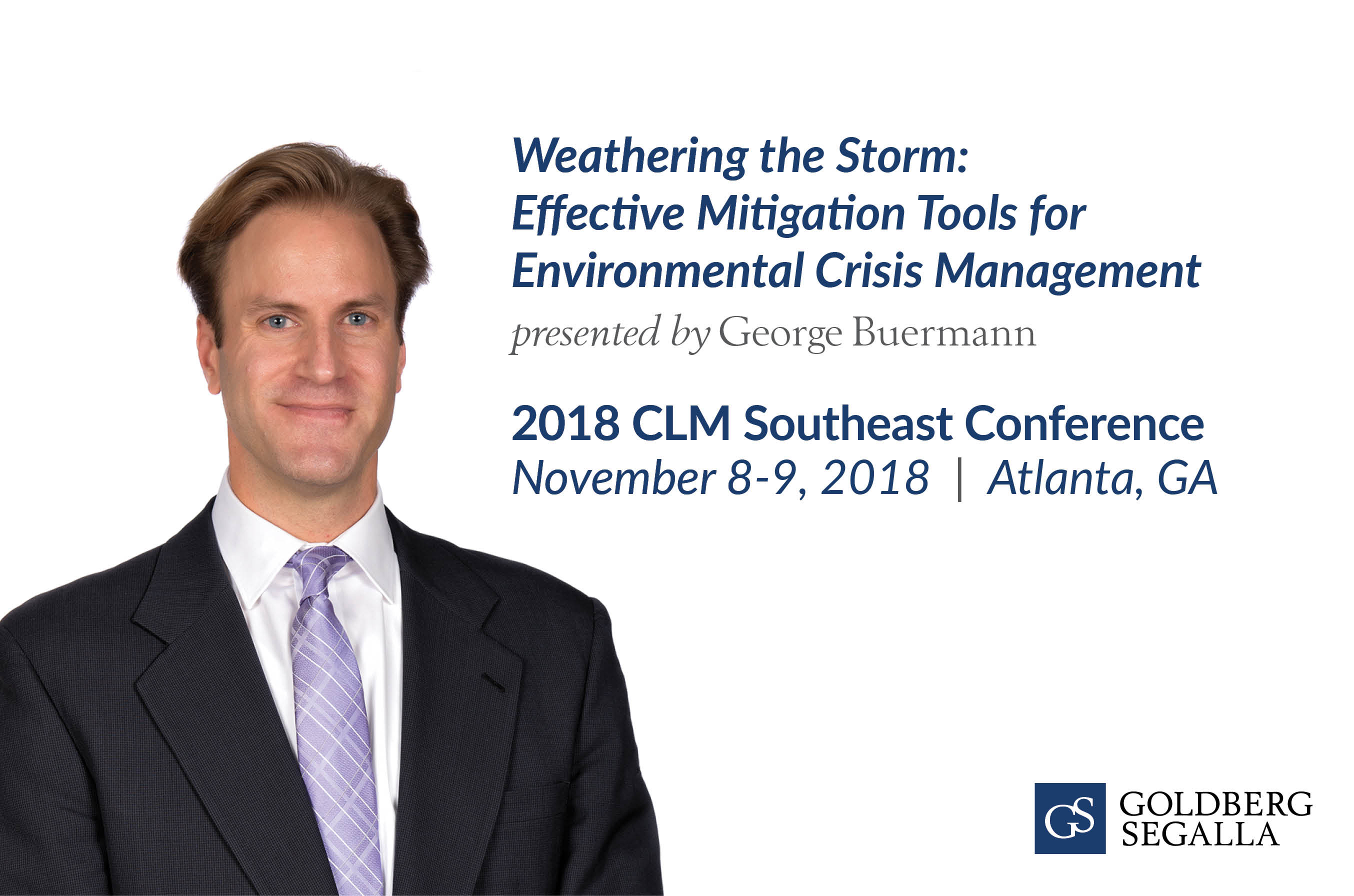As introduced in Part I of this two part posting, two recently released documents – the Intergovernmental Panel on Climate Change report, Global Warming of 1.5°C Summary for Policymakers (IPCC Summary), issued on October 8, 2018, and the Safer Affordable Fuel-Efficient Vehicles Rule for Model Year 2021-2026 Passenger Cars and Light Trucks Draft Environmental Impact Statement (EIS), issued by the National Highway Traffic Safety Administration in July 2018 – provide a stark contrast in how to respond to the threat posed by climate change.
The …
Continue Reading









